Your Journey to a Healthier Life Starts Here
Free Insurance Verification
Verify Your Treatment Coverage
Verify Your Treatment Coverage
Explore a comprehensive guide to 13 inpatient, 23 outpatient, and 16 detox centers across Illinois. Compare costs, reviews, and treatment options to find the perfect rehab facility for your needs.

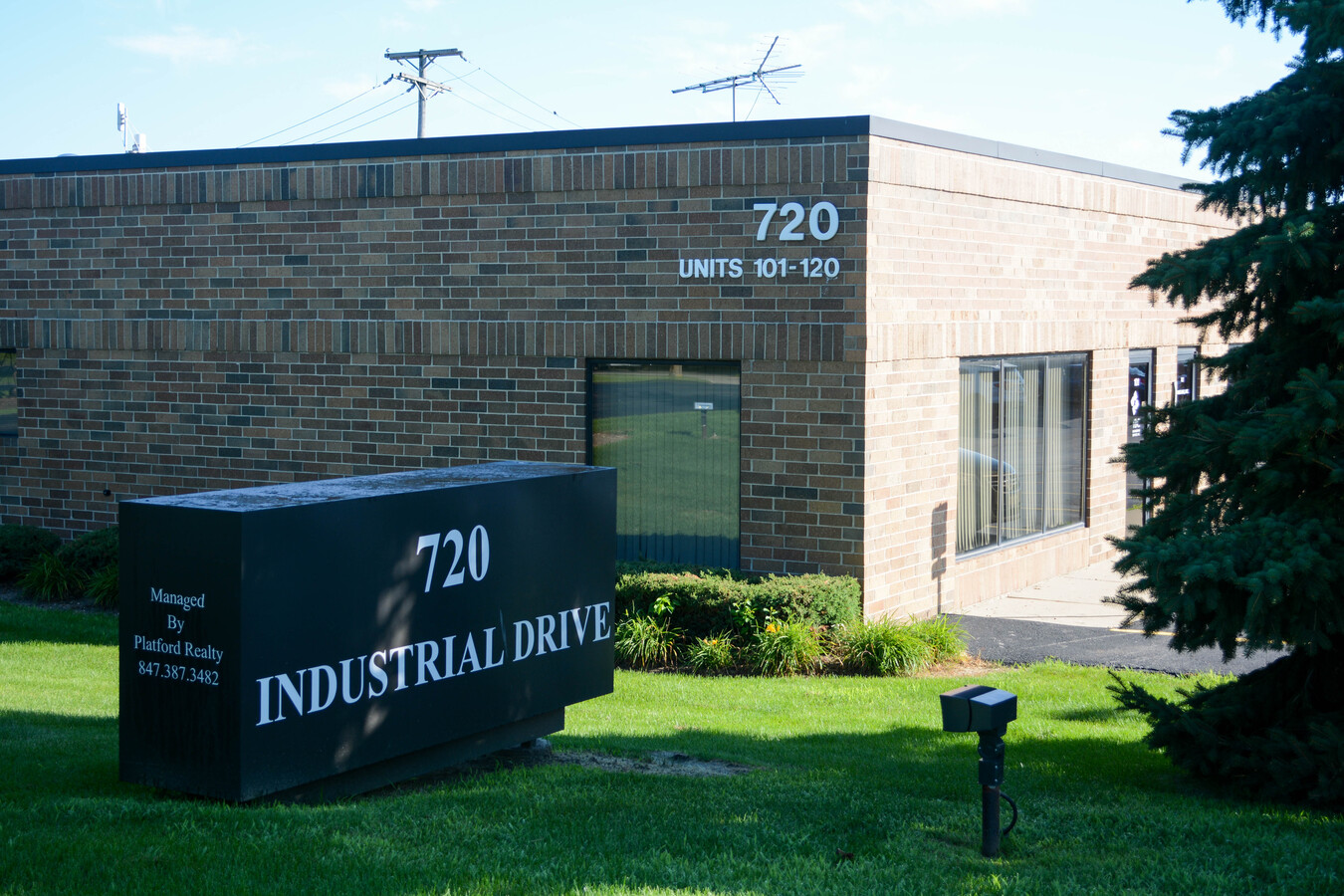 | A New Way of LifeA New Way of Life in Cary, IL, provides transformative recovery services aimed at helping individuals overcome addiction and rebuild their lives. Our holistic approach includes individualized treatment programs, group therapy, and life skills training, all designed to empower clients on their path to lasting recovery. With a dedicated team of professionals, we focus on creating a supportive environment that fosters healing, growth, and community connection. At A New Way of Life, we believe in the potential for every individual to achieve a brighter future. Contact us today to learn more about our services and how we can assist you or your loved ones in achieving a new beginning. 720 Industrial Dr STE 106, Cary, IL 60013 | Levels of Care:outpatient Payment Options:Self-Pay Options | ||
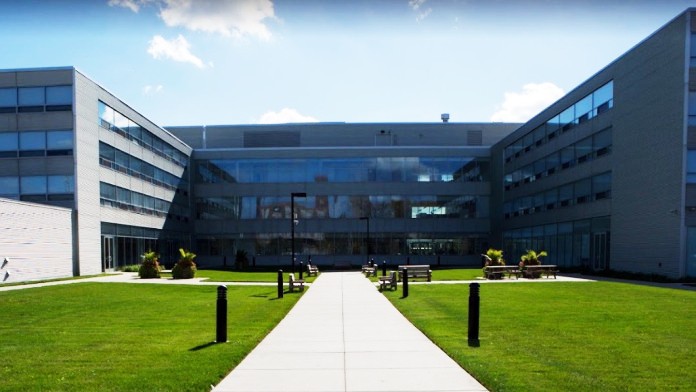 | A Safe HavenA Safe Haven in Chicago, IL, offers supportive housing and essential services for individuals experiencing homelessness and seeking recovery from addiction. Our comprehensive approach includes transitional housing, case management, job training, and access to healthcare, all designed to empower residents to rebuild their lives. With a compassionate team of professionals, we focus on creating a safe and nurturing environment that promotes healing, stability, and self-sufficiency. At A Safe Haven, we believe in the power of community and support in transforming lives. Contact us today to learn more about our services and how we can assist you or your loved ones in achieving lasting change. 2750 Roosevelt Rd, Chicago, IL 60608 | Levels of Care:DetoxInpatientoutpatient Payment Options:Medicaid Private insurance Self-Pay Options Financial Aid Medicare Military Insurance | ||
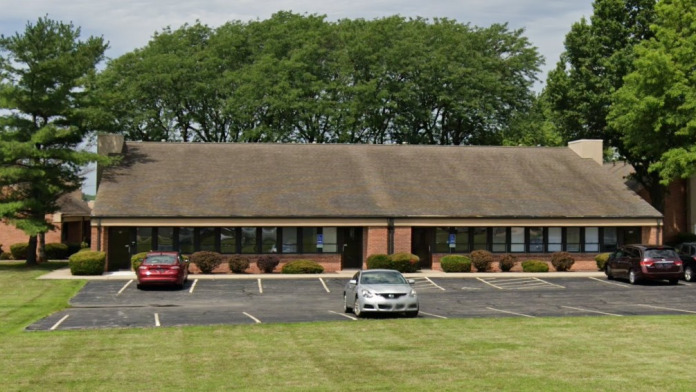 | A&E Behavioral Healthcare AssociatesA&E Behavioral Healthcare Associates in Decatur, IL, offers quality mental health services designed to support individuals facing behavioral health challenges. Our comprehensive approach includes therapy, counseling, and personalized treatment plans tailored to meet the unique needs of each client. With a team of compassionate and experienced professionals, we focus on creating a safe and nurturing environment that fosters healing and personal growth. At A&E Behavioral Healthcare Associates, we believe in the importance of mental wellness and community support in the recovery journey. Contact us today to learn more about our services and how we can assist you or your loved ones in achieving mental well-being. 2570 E Federal Dr, Decatur, IL 62526 | Levels of Care:Detoxoutpatient Payment Options:Private insurance Self-Pay Options Medicare Military Insurance | ||
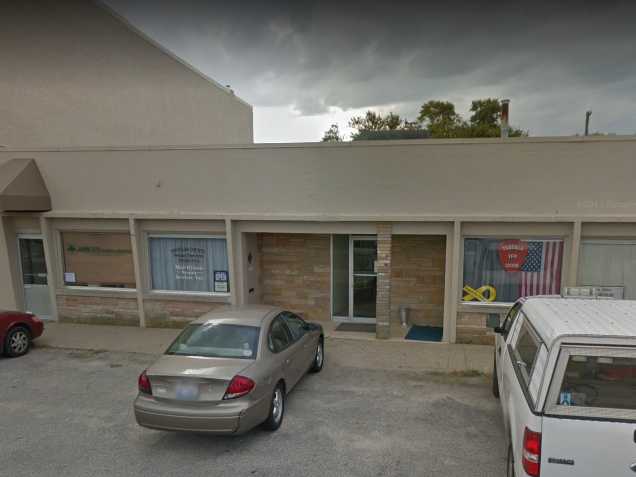 | ABBCON Counseling CorporationABBCON Counseling Corporation in Tuscola, IL, provides professional counseling services aimed at supporting individuals through mental health challenges and substance use disorders. Our experienced team offers personalized therapy, group sessions, and comprehensive assessments to create tailored treatment plans for each client. We focus on fostering a safe and supportive environment where clients can explore their feelings, develop coping strategies, and work towards recovery. At ABBCON Counseling Corporation, we believe in the importance of mental wellness and community support. Contact us today to learn more about our services and how we can assist you or your loved ones on the journey to healing. 107 West South Central Avenue, Tuscola, IL 61953 | Levels of Care:outpatient Payment Options:Medicaid Private insurance Self-Pay Options | ||
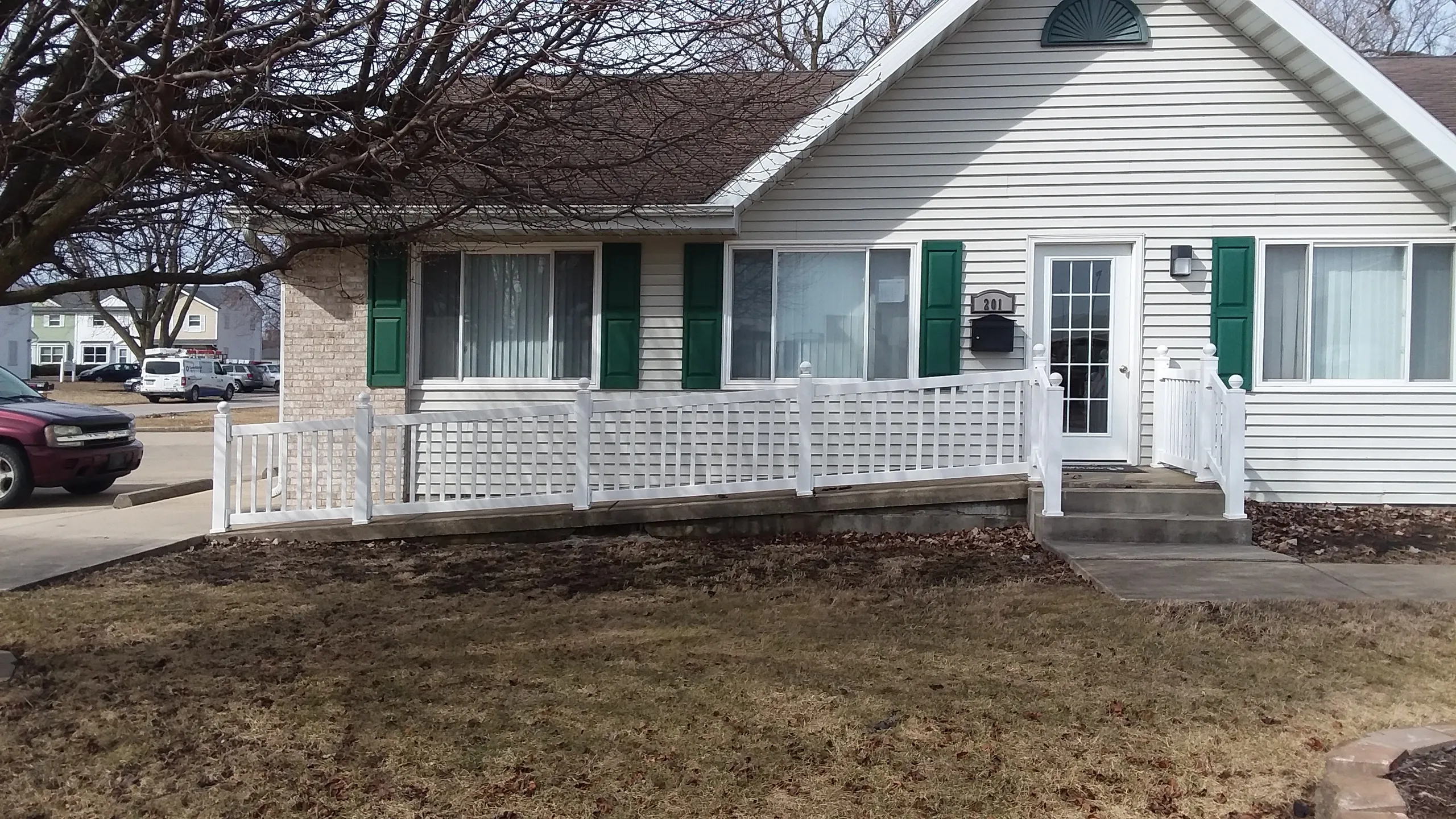 | ABBCON Counseling CorporationABBCON Counseling Corporation in Charleston, IL, is dedicated to providing professional counseling services focused on mental health and substance use recovery. With a team of experienced therapists, ABBCON offers a range of services, including individual therapy, group counseling, and family support programs tailored to meet the unique needs of each client. Committed to fostering a safe and supportive environment, ABBCON empowers individuals to address their challenges, enhance their well-being, and achieve personal growth. Explore the resources available at ABBCON Counseling Corporation to support your journey toward mental wellness. 603 Monroe street, Charleston, IL 61920 | Levels of Care:outpatient Payment Options:Medicaid Private insurance Self-Pay Options | ||
ABC DUI ServicesABC DUI Services | Payment Options:Self-pay options | |||
ABM Systems - Professional ConsultationsABM Systems - Professional Consultations | Payment Options:Self-pay options | |||
About Change Counseling1523 Weatherstone Lane Suite 1-A Elgin IL, 60123 | Payment Options:Private insurance Self-pay options Financing available Sliding scale payment assistance | |||
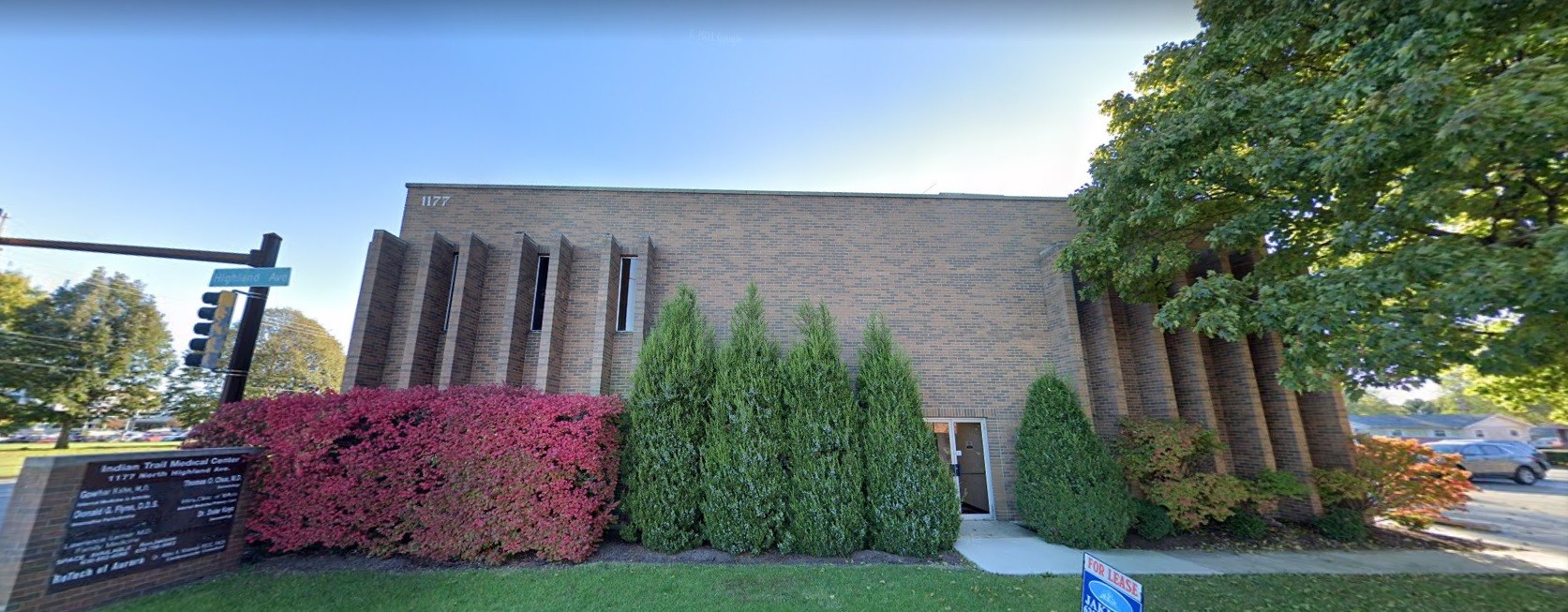 | About Change Counseling2121 West Galena Boulevard Aurora IL, 60506 | Payment Options:Self-pay options Sliding scale payment assistance | ||
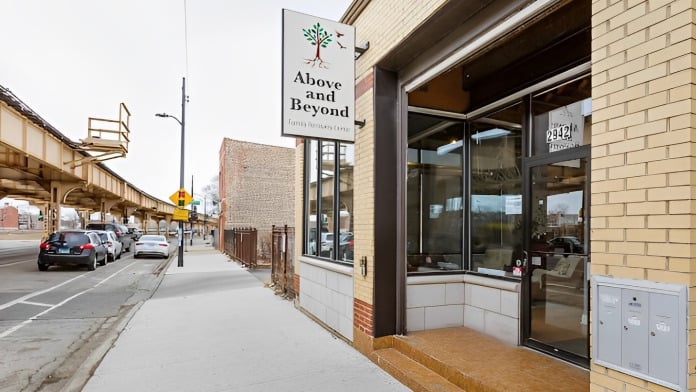 | Above and Beyond Family Recovery CenterAbove and Beyond Family Recovery Center in Chicago, IL, specializes in family-centered addiction treatment services designed to support individuals and their loved ones in overcoming substance use disorders. Our comprehensive programs include residential treatment, outpatient therapy, and family counseling, all aimed at fostering healing and building strong support systems. With a focus on compassion and personalized care, our experienced team works collaboratively with clients and their families to create tailored recovery plans that address their unique needs. At Above and Beyond, we believe in the power of family and community in the recovery journey. Contact us today to learn more about our services and how we can assist you and your family on the path to lasting recovery. 2942 W Lake St, Chicago, IL 60612 | Levels of Care:Detoxoutpatient Payment Options:Private Insurance Self-Pay Options Financial Aid Medicare Military Insurance Medicaid | ||
Abraxas Naperville Bridge SchoolAbraxas Naperville Bridge School | ||||
 | Abraxas Southwood Interventions5701 South Wood Street Chicago IL, 60636 | Payment Options:Financial aid Sliding scale payment assistance Medicaid Military insurance Financing available Private insurance Medicare | ||
Abraxas Woodridge InterventionsAbraxas Woodridge Interventions | Payment Options:Self-pay options | |||
ACCENT CounselingACCENT Counseling | Payment Options:Self-pay options | |||
Access Behavioral Health CTFAccess Behavioral Health CTF | ||||
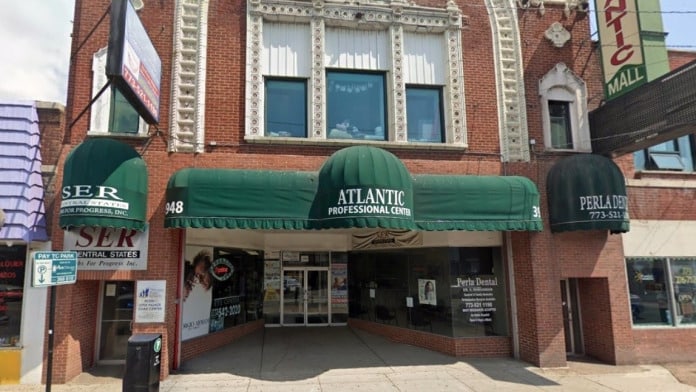 | Access Behavioral Services3948 West 26Th Street Suite 114 Chicago IL, 60623 | Payment Options:Self-pay options Sliding scale payment assistance Private insurance | ||
Access Psychological ServicesAccess Psychological Services | Payment Options:Medicaid | |||
Accurate EvaluationsAccurate Evaluations | Payment Options:Self-pay options | |||
Ace CounselingAce Counseling | ||||
Adams Street Living CenterAdams Street Living Center | Payment Options:Medicaid |
Find Illinois drug rehabs in cities near you or sort by letter.
Calls to any general helpline will be answered or returned by one of the treatment providers listed, each of which is a paid advertiser:
Our helpline is available 24 hours a day, 7 days a week at no cost to you and with no obligation for you to enter into treatment. We are committed to providing support and guidance whenever you need it.
In some cases, Addiction Helpline America charges our verified partner a modest cost per call. This fee helps us cover the costs of building and maintaining our website, ensuring that we can continue to offer this valuable service to those in need.